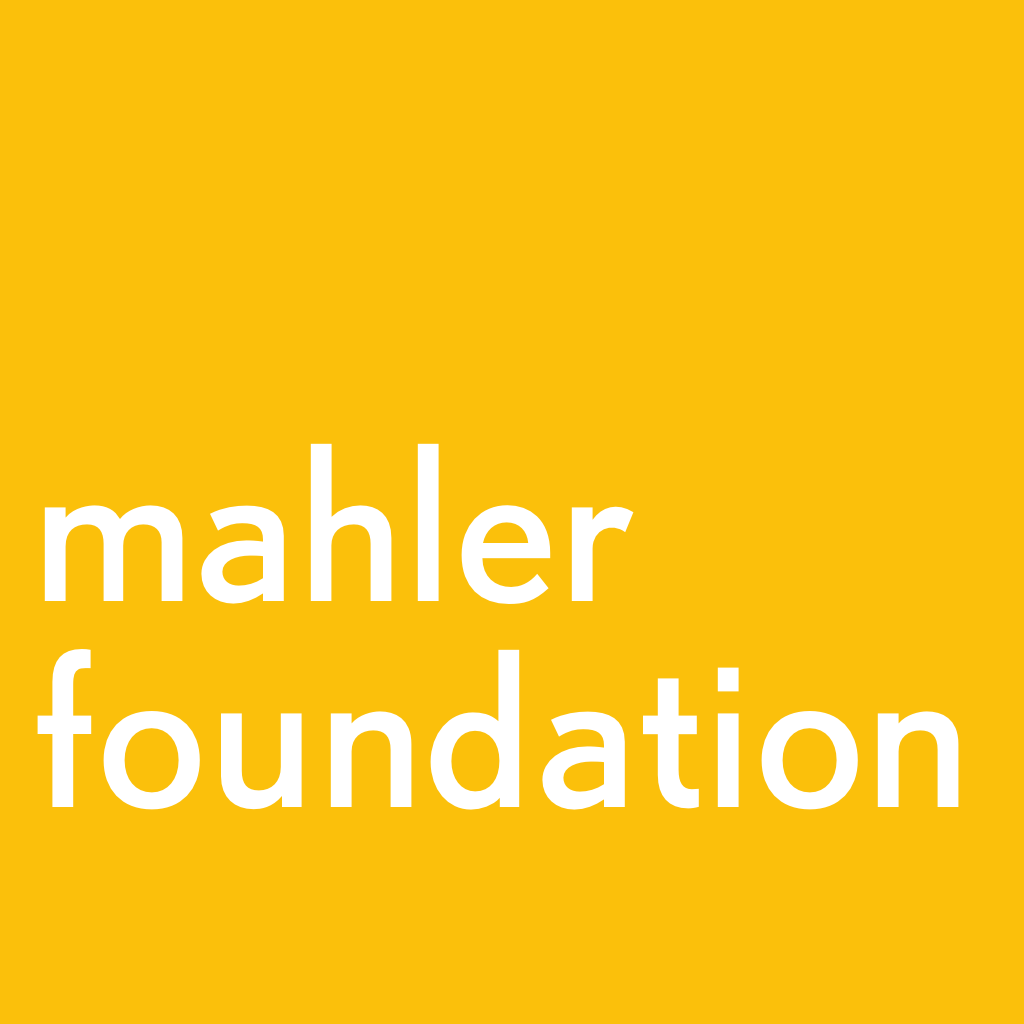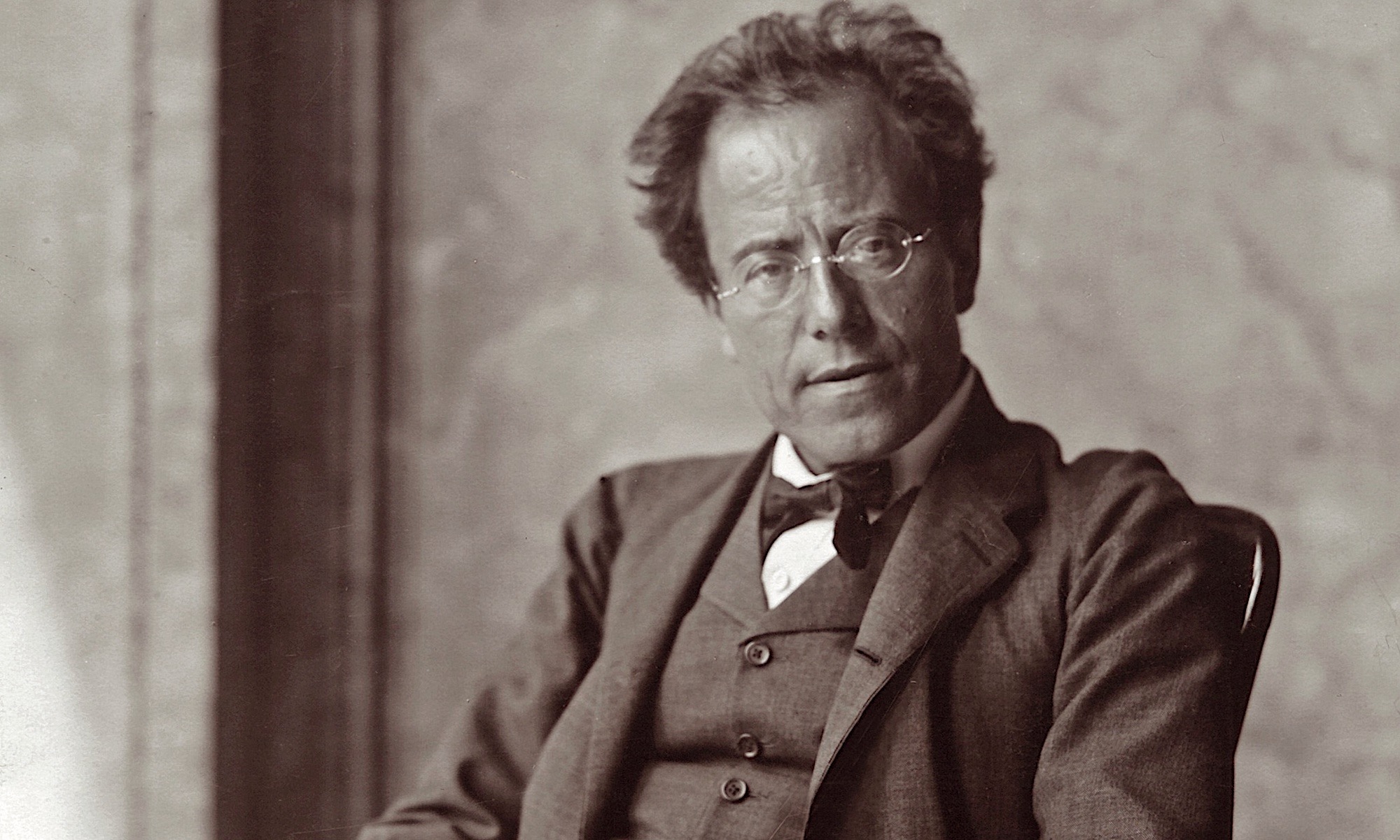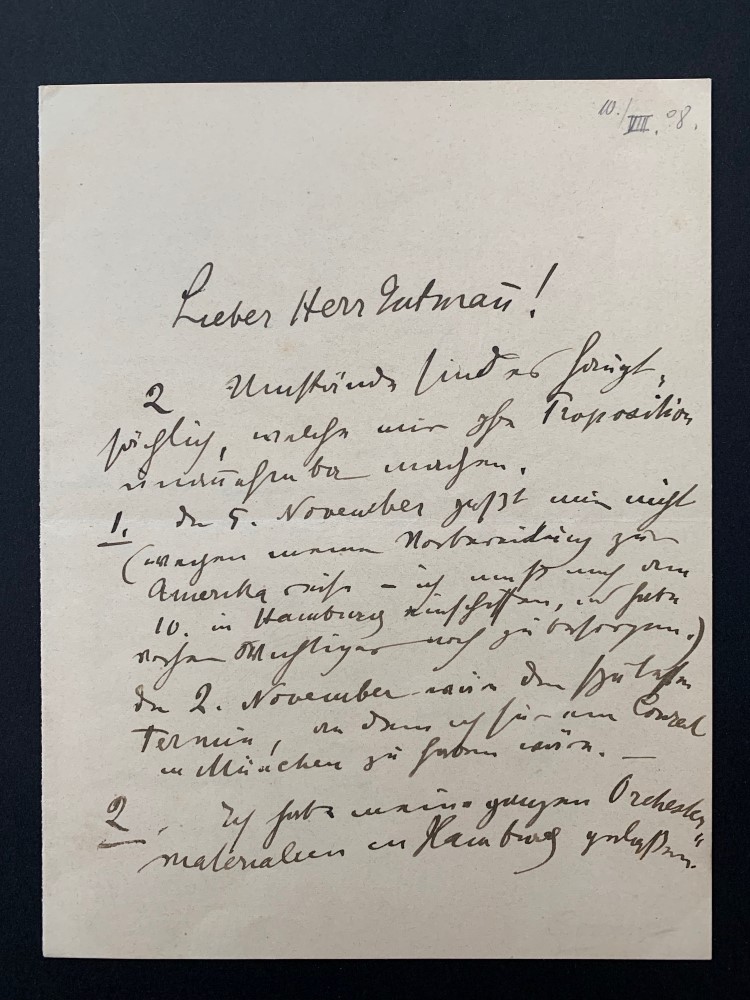Woodwind
- 1 Bass clarinet A.
- 1 Bass clarinet B.
- 3 Bassoon.
- 3 Clarinet A.
- 3 Clarinet B.
- 1 Clarinet Eb.
- 1 Contra bassoon.
- 1 Cor Anglais (English horn).
- 4 Flute.
- 3 Oboe.
- 1 Piccolo.
Brass
- 1 Alt trombone.
- 1 Contra bass tuba.
- 4 Horn F (French horn). Solo in Movement 2: Nachtmusik. Allegro moderato and Movement 4: Nachtmusik. Andante amoroso.
- 1 Tenor horn B. (Alt horn). Mahler’s specification of a ‘Tenorhorn’ in the scoring of this work has often caused confusion. In Britain, the name ‘tenor horn’ is often given to the instrument that in the US is called the alto horn (in Eb or F); in Germany this (a contralto saxhorn) is known as the Althorn in E? or F, and is not the instrument requested by Mahler. Nor does Mahler intend a euphonium, which in German is called either ‘Euphonium’ or ‘Baryton’. The German Tenorhorn is actually a B? instrument similar to the instrument known in Britain and America as the baritone horn. Solo in Movement 1: Langsam (Adagio) – Allegro risoluto, ma non troppo.
- 3 Trombone.
- 3 Trumpet B.
- 3 Trumpet F.
String sections
- Double bass.
- Viola. Solo in Movement 3: Scherzo. Schattenhaft.
- Violin. Solo in Movement 4: Nachtmusik. Andante amoroso.
- Violin I. Solo in Movement 2: Nachtmusik. Allegro moderato.
- Violin II.
- Violoncel.
Plucked
- 1 Guitar. Movement 2: Nachtmusik. Allegro moderato, Movement 4: Nachtmusik. Andante amoroso.
- 2 Harp.
- 1 Mandolin. Movement 2: Nachtmusik. Allegro moderato, Movement 4: Nachtmusik. Andante amoroso.
Timpani
- 1 Timpani 32/29/26/23.
Percussion (5 players)
- 1 Bass drum.
- 1 Bells herd (Herdenglocken).
- 1 Bells low untuned.
- 1 Bells ringed, peal. (Glockengelaute).
- 1 Big drum with cymbals (played by one musician)
- 1 Cymbals clash.
- 1 Glockenspiel.
- 1 Glockenspiel with keyboard.
- 1 Ruthe.
- 1 Small drum.
- 1 Tam tam.
- 1 Tambourine.
- 1 Triangle.
Fernorchester
- 1 Cowbels with clappers (assorted tuned).


